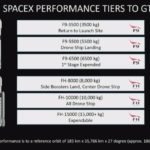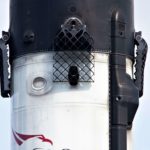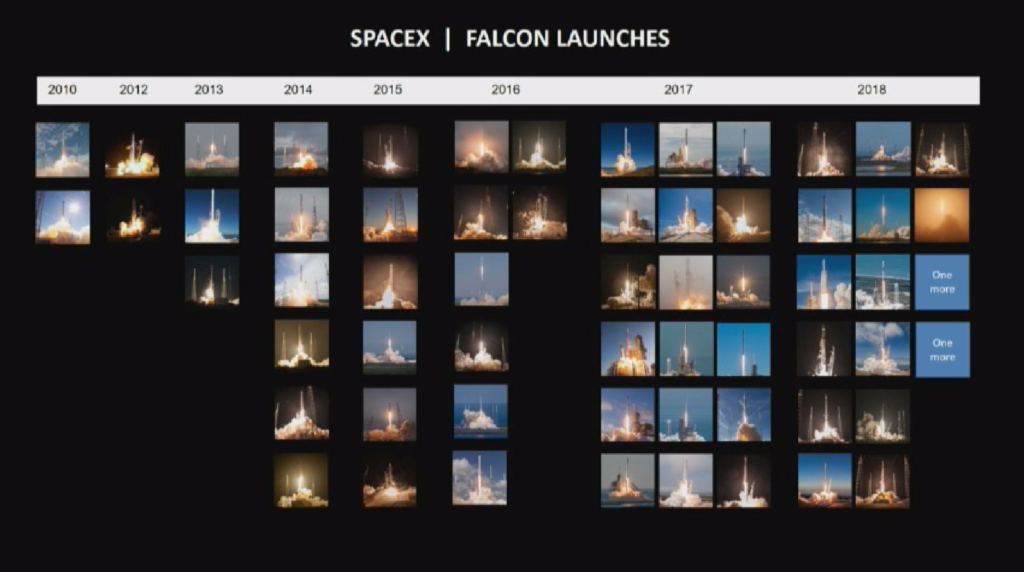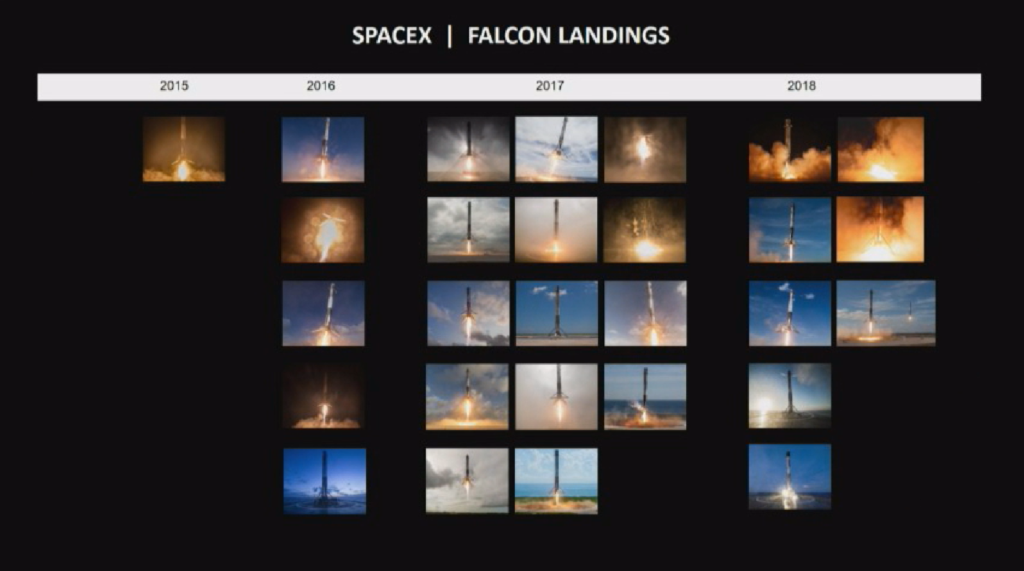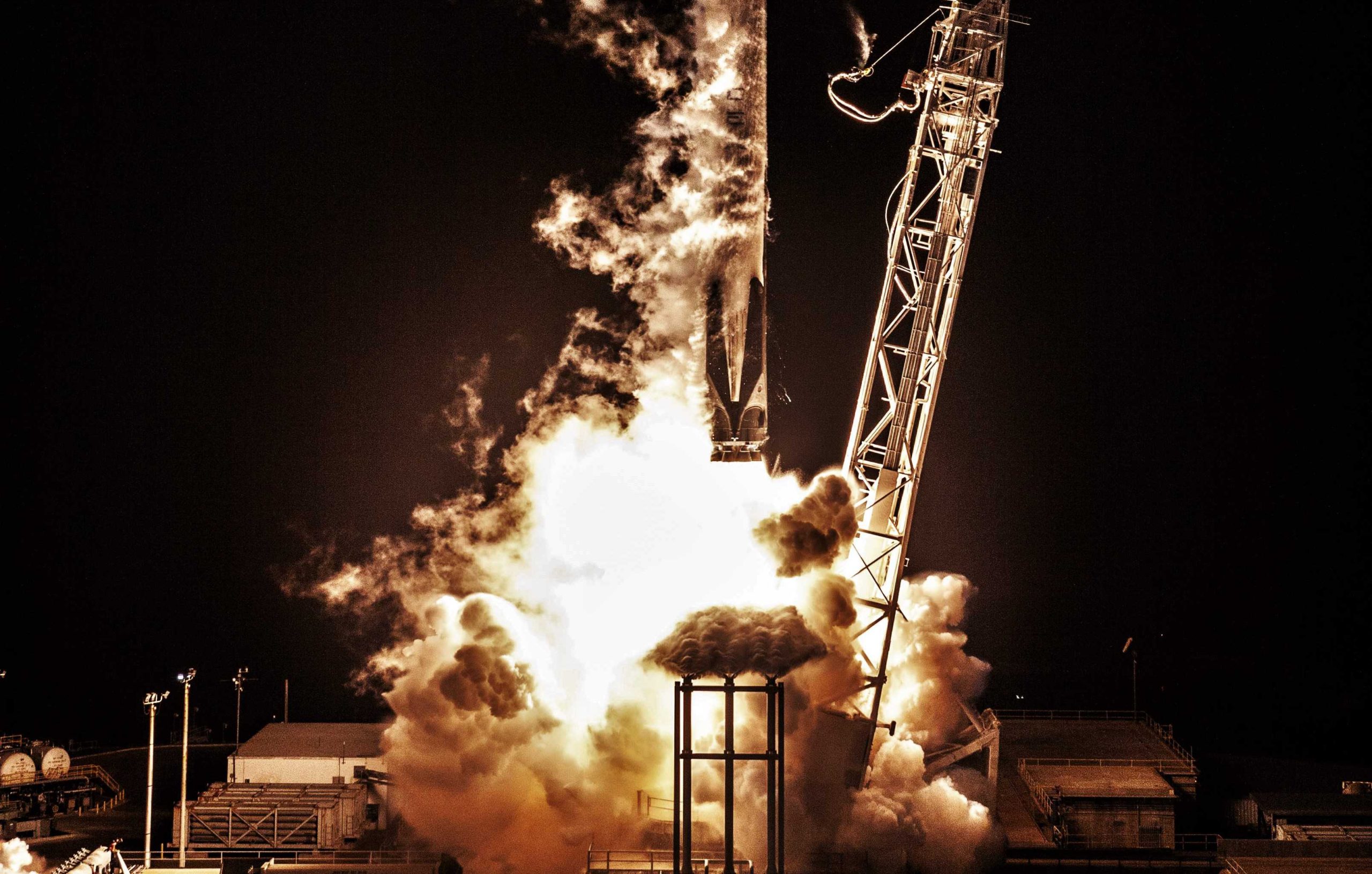
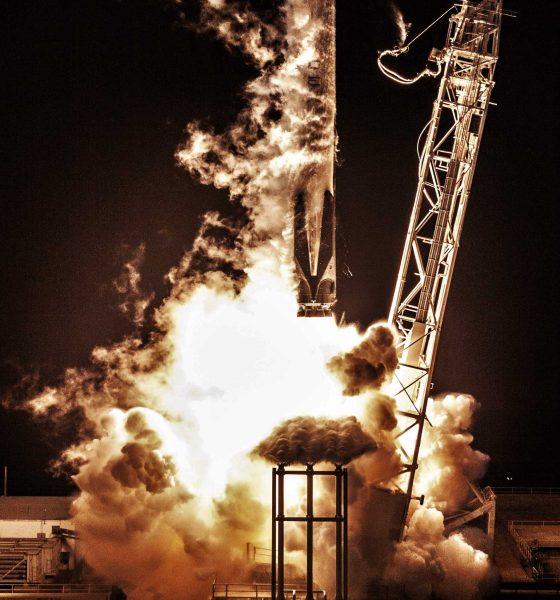
SpaceX
SpaceX plans Falcon 9 satellite launch from Pad 39A prior to Crew Dragon, Falcon Heavy
SpaceX plans to launch one final commercial Falcon 9 mission from Pad 39A before much of the historic facility’s availability is taken over Crew Dragon and Falcon Heavy launch needs, perhaps as soon as December 2018.
The reason for the decision to launch a routine Falcon 9 mission from 39A – while Launch Complex-40 (LC-40) is (presumably) perfectly available – is unknown, but it can likely be pinned down to launch schedule assurance and pad shakedowns ahead of the flight debut of Crew Dragon, NET January 2019.
SpaceX Falcon 9 launch with Es’hail-2 has turned up on the Eastern Range as NET November 14. This launch will take place from 39A. Cool photo from Nathan Barker (@NASA_Nerd) from this week below:
Range shows this is an ASDS landing for the booster.
As always, subject to change. pic.twitter.com/yydKuOVXrP
— NSF – NASASpaceflight.com (@NASASpaceflight) October 17, 2018
Dragons’ rule
Ultimately, the decision to move the launch of commercial communications satellite Es’Hail-2 to Pad 39A likely boils down to a desire to preserve the delay-sensitive CRS-16 Cargo Dragon launch (NET November 27) while also acting as a sort of ad-hoc shakedown for the pad. 39A has undergone a large number of Crew Dragon-related modifications – some visible but most not – and will have been dormant (at least launch-wise) since Falcon 9 Block 5’s debut six months prior.
Whether or not it’s truly needed, another Falcon 9 launch from the pad will presumably allow SpaceX to work out any new kinks in 39A’s updated ground support infrastructure and perhaps refamiliarize the company’s East Coast launch crew after half a year focused on LC-40 operations. Es’Hail-2 is a ~3000 kg (~6600 lb) geostationary communications satellite to be operated by Qatari company Es’hailSat once it arrives at its final operational orbit.
Despite a recent presentation from SpaceX VP of Reliability Hans Koenigsmann stating that Falcon 9 is capable of returning to launch site (RTLS; i.e. a Landing Zone recovery) while still placing 3500 kg into a geostationary transfer orbit (GTO), SpaceX has filed this launch as an ASDS (autonomous spaceport drone ship) recovery, meaning that it will land aboard Of Course I Still Love You (OCISLY) shortly after launch. Delayed from August 2018, SpaceX may be trying to partially make up for that slip by placing Es’Hail-2 sat in as high of a transfer orbit as possible, potentially cutting weeks or even months off of the time required for the satellite to climb uphill to its operational orbit.
- A welcome update to SpaceX’s Falcon 9 and Heavy performance with and without booster recovery. (SpaceX)
- SpaceX’s most recent Florida launch was in early September. (Tom Cross)
An East Coast lull
Unusual for SpaceX in an otherwise meteoric year filled with numerous major ‘firsts’ and the company’s most productive launch cadence yet, there will be a two-month lull in launches from the East Coast between Telstar 18V (September 10) and Es’Hail-2 (NET November 14), interrupted only by the spectacular October 7 launch of SAOCOM 1A in California. Barring any additional issues, SpaceX will likely crest its 2017 launch record (18 missions) by 3 or 4 missions, not quite the 25-30 launches much of the company’s leadership was probably hoping for, but still an extremely impressive number.
Despite the fact that launch delays are never pleasant (much like if Christmas were pushed back weeks or months to wait for sleigh and present availability), the willingness to significantly delay launches or fall short of targets (assuming payload availability has not been the long pole) is actually a very good thing. Within reason, inconvenient delays tend to serve as evidence that SpaceX is not succumbing to quite the same level of “Go fever” and manager/engineer/technician disconnection that has arguably been responsible for a huge number of launch failures, particularly for NASA’s Space Shuttle.
- SpaceX has already launched 17 successful missions in 2018, one shy of 2017’s record.
- Plenty of landings, too…
- The second Block 5 booster, B1047, debuted at LC-40 on July 21. (Tom Cross)
Best described as the point at which non-technical pressures to launch (cost-saving, internal and external politics, general face-saving) far outweigh the voices of the engineers and technicians responsible for reliably designing, building, and launching rockets, “Go fever” is demonstrably one of the worst things that can occur in spaceflight-oriented organizations, where the consequences of even the tiniest failures can often be amplified into total mission and vehicle failures and even the death of employees or astronauts. It may be unpleasant as an unaffiliated follower or fan and is likely far less pleasant still as an employee or manager, but it is undeniably preferable to succeed after weeks or months of delays than to fail catastrophically while staying on schedule.
Speaking of schedules, Es’Hail-2 (39A) is NET Nov. 14, followed by SSO-A (SLC-4E, Vandenberg) NET Nov. 19 and SpaceX’s 16th operational ISS resupply mission – CRS-16 – on Nov. 27th from Pad 40. Heading into the last month of 2018, SpaceX will launch the first of a fleet of new GPS III satellites for the USAF (NET Dec. 15) and finish off the year with a Vandenberg buzzer-beater, the eighth and final Iridium NEXT launch, NET Dec. 30.
For prompt updates, on-the-ground perspectives, and unique glimpses of SpaceX’s rocket recovery fleet check out our brand new LaunchPad and LandingZone newsletters!

Elon Musk
SpaceX maintains unbelievable Starship target despite Booster 18 incident
It appears that it will take more than an anomaly to stop SpaceX’s march towards Starship V3’s refinement.
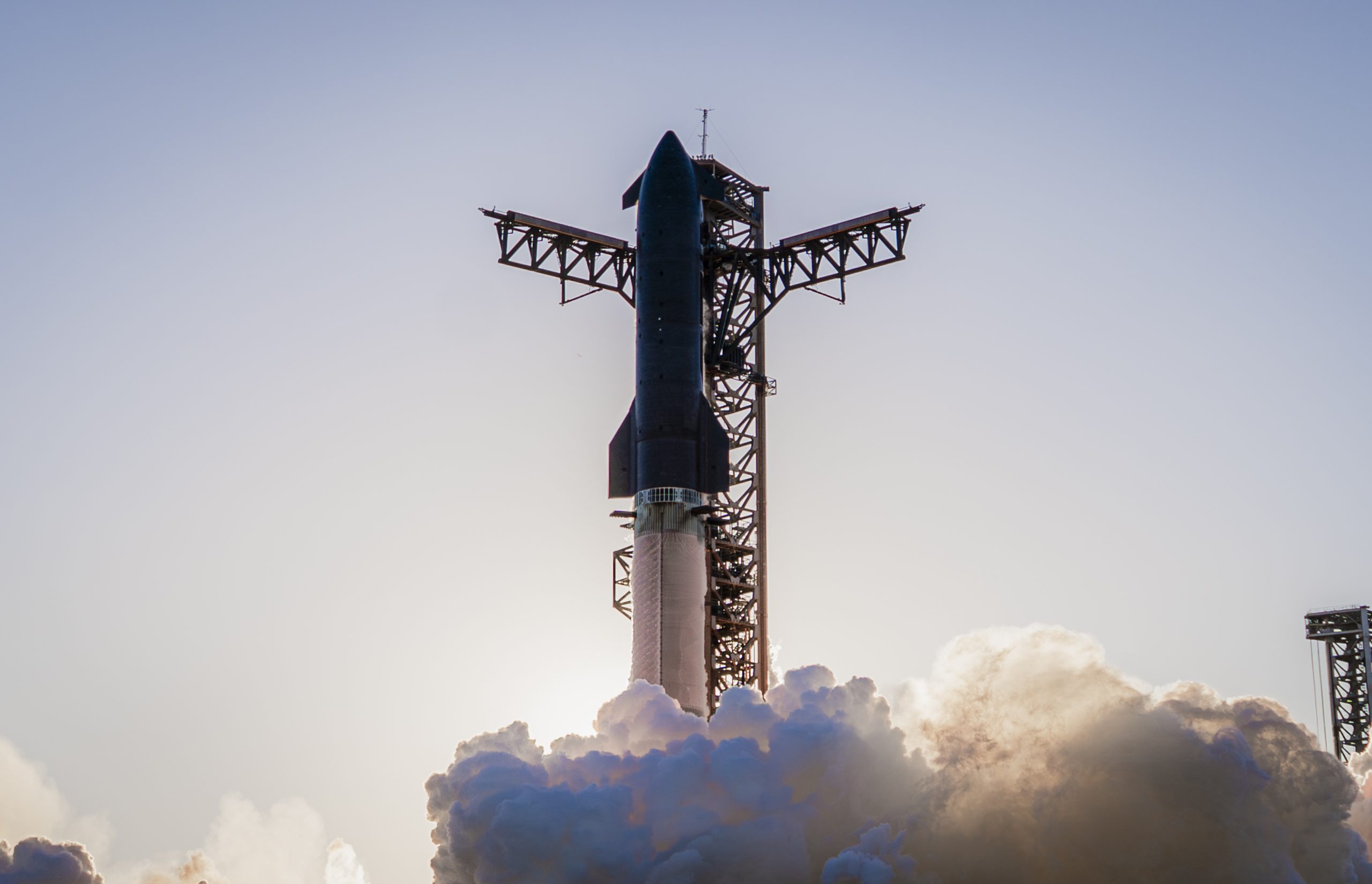
SpaceX recently shared an incredibly ambitious and bold update about Starship V3’s 12th test flight.
Despite the anomaly that damaged Booster 18, SpaceX maintained that it was still following its plans for the upgraded spacecraft and booster for the coming months. Needless to say, it appears that it will take more than an anomaly to stop SpaceX’s march towards Starship V3’s refinement.
Starship V3 is still on a rapid development path
SpaceX’s update was posted through the private space company’s official account on social media platform X. As per the company, “the Starbase team plans to have the next Super Heavy booster stacked in December, which puts it on pace with the test schedule planned for the first Starship V3 vehicle and associated ground systems.”
SpaceX then announced that Starship V3’s maiden flight is still expected to happen early next year. “Starship’s twelfth flight test remains targeted for the first quarter of 2026,” the company wrote in its post on X.
Elon Musk mentioned a similar timeline on X earlier this year. In the lead up to Starshp Flight 11, which proved flawless, Musk stated that “Starship V3 is a massive upgrade from the current V2 and should be through production and testing by end of year, with heavy flight activity next year.” Musk has also mentioned that Starship V3 should be good enough to use for initial Mars missions.
Booster 18 failure not slowing Starship V3’s schedule
SpaceX’s bold update came after Booster 18 experienced a major anomaly during gas system pressure testing at SpaceX’s Massey facility in Starbase, Texas. SpaceX confirmed in a post on X that no propellant was loaded, no engines were installed, and personnel were positioned at a safe distance when the booster’s lower section crumpled, resulting in no injuries.
Still, livestream footage showed significant damage around the liquid oxygen tank area of Booster 18, leading observers to speculate that the booster was a total loss. Booster 18 was among the earliest vehicles in the Starship V3 series, making the failure notable. Despite the setback, Starship V3’s development plans appear unchanged, with SpaceX pushing ahead of its Q1 2026 test flight target.
Elon Musk
SpaceX issues statement on Starship V3 Booster 18 anomaly
The incident unfolded during gas-system pressure testing at the company’s Massey facility in Starbase, Texas.

SpaceX has issued an initial statement about Starship Booster 18’s anomaly early Friday. The incident unfolded during gas-system pressure testing at the company’s Massey facility in Starbase, Texas.
SpaceX’s initial comment
As per SpaceX in a post on its official account on social media platform X, Booster 18 was undergoing gas system pressure tests when the anomaly happened. Despite the nature of the incident, the company emphasized that no propellant was loaded, no engines were installed, and personnel were kept at a safe distance from the booster, resulting in zero injuries.
“Booster 18 suffered an anomaly during gas system pressure testing that we were conducting in advance of structural proof testing. No propellant was on the vehicle, and engines were not yet installed. The teams need time to investigate before we are confident of the cause. No one was injured as we maintain a safe distance for personnel during this type of testing. The site remains clear and we are working plans to safely reenter the site,” SpaceX wrote in its post on X.
Incident and aftermath
Livestream footage from LabPadre showed Booster 18’s lower half crumpling around the liquid oxygen tank area at approximately 4:04 a.m. CT. Subsequent images posted by on-site observers revealed extensive deformation across the booster’s lower structure. Needless to say, spaceflight observers have noted that Booster 18 would likely be a complete loss due to its anomaly.
Booster 18 had rolled out only a day earlier and was one of the first vehicles in the Starship V3 program. The V3 series incorporates structural reinforcements and reliability upgrades intended to prepare Starship for rapid-reuse testing and eventual tower-catch operations. Elon Musk has been optimistic about Starship V3, previously noting on X that the spacecraft might be able to complete initial missions to Mars.
Elon Musk
SpaceX Starship Version 3 booster crumples in early testing
Photos of the incident’s aftermath suggest that Booster 18 will likely be retired.
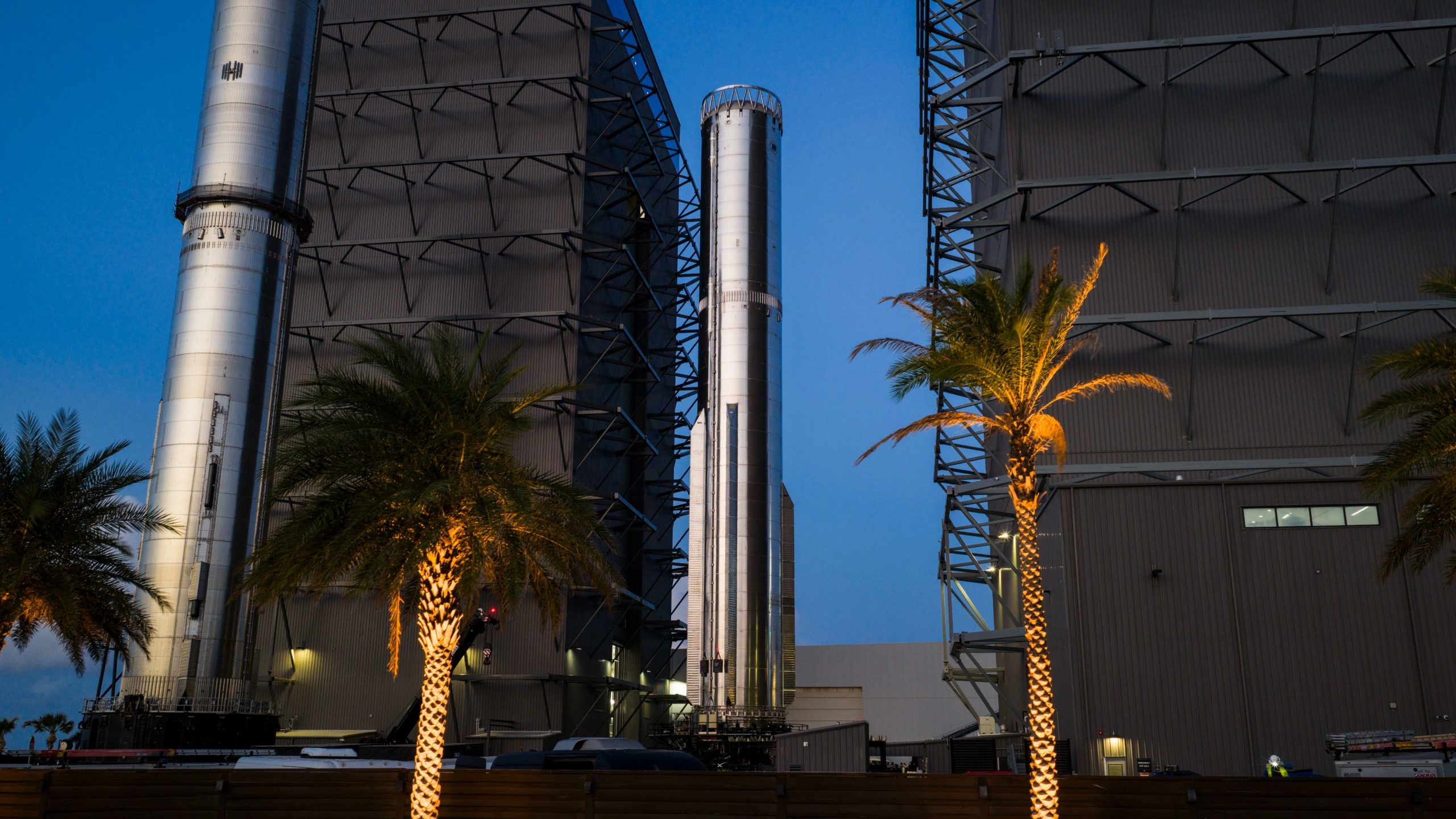
SpaceX’s new Starship first-stage booster, Booster 18, suffered major damage early Friday during its first round of testing in Starbase, Texas, just one day after rolling out of the factory.
Based on videos of the incident, the lower section of the rocket booster appeared to crumple during a pressurization test. Photos of the incident’s aftermath suggest that Booster 18 will likely be retired.
Booster test failure
SpaceX began structural and propellant-system verification tests on Booster 18 Thursday night at the Massey’s Test Site, only a few miles from Starbase’s production facilities, as noted in an Ars Technica report. At 4:04 a.m. CT on Friday, a livestream from LabPadre Space captured the booster’s lower half experiencing a sudden destructive event around its liquid oxygen tank section. Post-incident images, shared on X by @StarshipGazer, showed notable deformation in the booster’s lower structure.
Neither SpaceX nor Elon Musk had commented as of Friday morning, but the vehicle’s condition suggests it is likely a complete loss. This is quite unfortunate, as Booster 18 is already part of the Starship V3 program, which includes design fixes and upgrades intended to improve reliability. While SpaceX maintains a rather rapid Starship production line in Starbase, Booster 18 was generally expected to validate the improvements implemented in the V3 program.
Tight deadlines
SpaceX needs Starship boosters and upper stages to begin demonstrating rapid reuse, tower catches, and early operational Starlink missions over the next two years. More critically, NASA’s Artemis program depends on an on-orbit refueling test in the second half of 2026, a requirement for the vehicle’s expected crewed lunar landing around 2028.
While SpaceX is known for diagnosing failures quickly and returning to testing at unmatched speed, losing the newest-generation booster at the very start of its campaign highlights the immense challenge involved in scaling Starship into a reliable, high-cadence launch system. SpaceX, however, is known for getting things done quickly, so it would not be a surprise if the company manages to figure out what happened to Booster 18 in the near future.
